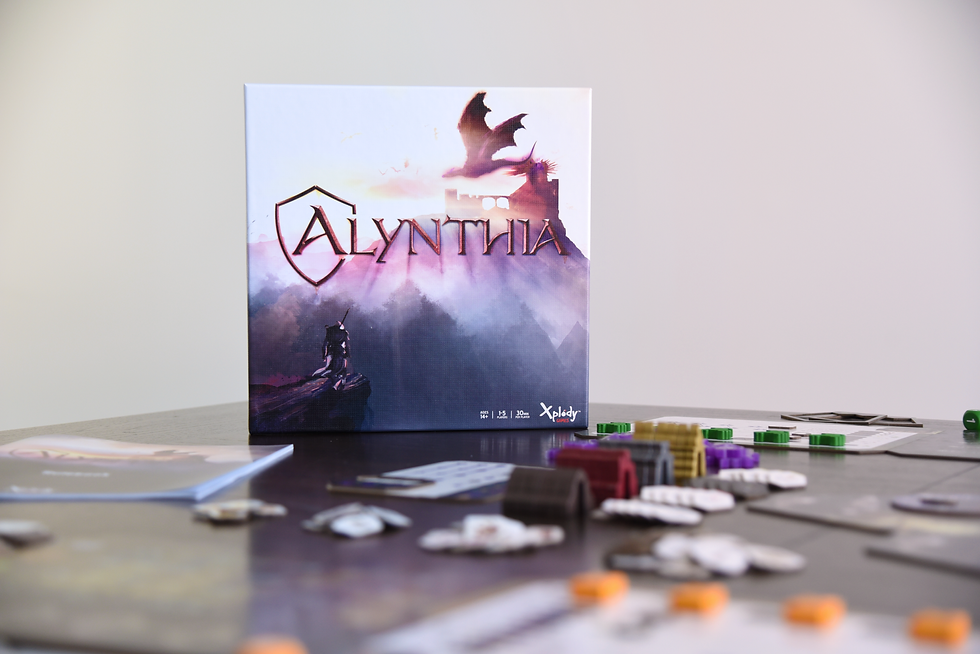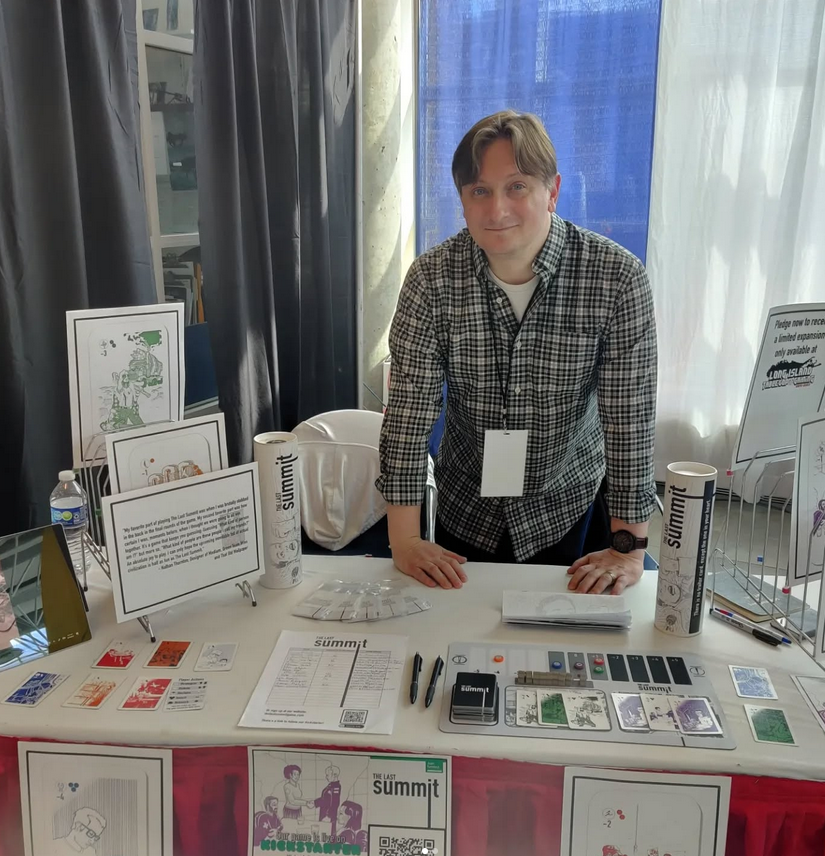Even in shrink, they’re not abandoned
- jjonquill
- Jan 31, 2023
- 4 min read

So, people in every branch of the cultural tree have been bandying about the phrase “Art is never finished, it is only abandoned” for about a century. As best as my Googling can determine, the credit for this bon mot goes to Paul Valéry. He was talking poetry at the time, but creators from Gore Vidal to George Lucas have lamented the inevitable ghosting of their artistic children since then, so yes, I feel fully justified dragging this old saw to board games, but with a little twist.
Board games are never finished, they’re handed off to other creators.
Not to go all death-of-the-author here, but honestly, I always thought this whole "abandonment" phrase had blinders on; yet another bit of worship spat out of the side of the auteur theory you had fire hosed at your face if you took an Intro to FIlm Criticism class at some point in your life.
Art isn’t abandoned by the artist, it’s just handed off to the public. For literary works that post-artist life might look like the churn of academic study, or the mountains of fanfic piling up based on a single eyebrow raise Draco pointed at Harry in book one. Art has a life after the artist. Oftentimes that life is much longer and more influential than its time with its creator.
You can scream as much as you want that Frankenstein was the scientist, but eventually the tide of movies, tv shows, and Franken Berry cereal mean that calling him “The Monster” isn’t all the way right anymore.
So what does that mean for our hobby? Well, despite the meticulously prepared rulebooks, I can’t think of a medium that is more inviting for audience rewrites than board games. It’s an accepted part of the process, to the point that you can get yourself slapped if you try to enforce the real rules to Uno or Monopoly.
Each game is a story we whisper into someone else’s ear, and we tend to sand down the corners when we tell it. Even in the age of How-to-play Youtube videos, the way most people learn a game is from a friend. The rule book gets shoved back into the box as the oral tradition of stacking “Draw 4” cards is passed on to the next generation. It’s not just that people misunderstand the rules, or that players create house rules, it’s that those audience invented versions of the game often reign supreme!
On top of that, no matter how much playtesting a game maker has done during development, it can’t compare to what happens once a game goes out into the wild. Thousands of copies are scattered to the winds across multiple countries and cultures, kicking up a storm of tens of thousands of game rounds. From each round comes a little tweak, and every single one of those tweaks is brought to BGG, where the hive mind dissects each possible interaction hunting down marauding mechanics that need a good nerfing. Gamers learn a game, work out ways to make it better, and iterate: Mafia to Werewolf to Resistance to not playing Social Deduction games anymore. It’s just the way of things.
So, all of this buildup is to frame a question game designers ask themselves all the time.
How do you know a game is done?
I knew I was closing in because my playtesters were enjoying the game, and afterwards the suggestions they made were to add a twist here or there rather than mess with the existing systems. But that left me wondering.
How much space should I be making here? Should I be purposely leaving room for people to design their own house rules and twist my system a little to their own taste, or is that just passing the buck onto the audience. I am the designer after all. They’re spending money for me to give them a fully fleshed out game, not to squat down at their tables like an annoying therapist:
“So what happens if these two cards interact?”
“Well,” cue the horrible smirk. “What do you want to happen?”
If I play out every scenario, and lock down the walls of the game as firmly as possible, does that make the game less inviting? If there’s only one way to play, isn’t that an easy way of running people away from my game at a time where I want to make my table as inviting and inclusive as possible? And anyway, no matter what iron fist I use to hammer out the rules, that oral tradition is going to come into play. People are going to round my corners, and twist the rules to their house no matter what I do. Maybe it’s better to anticipate that and be gracious?
I’m not abandoning my game. I’m getting it dressed, packing it a lunch, and sending it over to someone else’s house hoping it will be a good guest.
I’m just trying to work out how detailed a note to pin to its chest.
I should probably mention the peanut allergy.
Take a look at our new game, The Last Summit.
Also, a quick mini-story: My first time in the UnPub room at PAX, I was still getting a hang of playtesting, and nervous as all get out. My table happened to be next to the team at xplody games. I could not have asked for a better company. We tried out each others games, talked shop, and they gave me advice I needed as some new coming into this whole world. It's an awesome crew, and their game is phenomenal, with interlocking components, multiple game modes, and a gigantic swarm of dragons. Go take a look at Alynthia. You won't be sorry.






Comments